Though the adoration of the female principle in the country is an old as the Harappan culture or even earlier and the traces of the same are also visible in the Vedic literature, but the period that followed continued to hold her in high esteem, which culminated into the definite concept in the Kena Upanisad in which she established her superiority among the gods because it was she who knew what the Brahman was and all other gods were ignorant of the same. Soon she started appearing in the Indian plastic art as well. During the Kusana period, the images of the goddess started appearing in the form of Mahisasuramardini (terracotta), Sri, Gajalaksmi, Simhavahini Durga, Ekanamsa, Sasthi, Bhadra, Vasudhara besides several other forms of Matrikas. During the Gupta period she became more popular and her following became more widespread. In the meantime the goddesses of the family of Siva also became popular and as Sakti of each of every god was conceived and several other goddesses emerged on the Indian religious scene. The goddesses like Kali, Mahakali, Bhadrakali, Navadurga, Matrikas, river goddesses and Causatha Yoginis could be mentioned in this connection. These goddesses were enshrined in the temples or other small shrines in the temples and several stories concerning them were developed in the religious literature. These goddesses were also patronized in other contemporary religions like Jainism and Buddhism, which have their own importance. The present work deals with the genesis and evolution of the Hindu, Buddhist and Jaina goddesses, and will interest the readers.
Hindu, Jain and Buddhist Goddesses (Indian Gods and Goddesses Vol. 3)
In stock
Free & Quick Delivery Worldwide
reviews
Bibliographic information
Title
Hindu, Jain and Buddhist Goddesses (Indian Gods and Goddesses Vol. 3)
Author
Edition
1st ed.
Publisher
ISBN
817646497X
Length
xx+280p., 65 Plates; Figures; Tables; References; Appendices; Bibliography; Index; 29cm.
Subjects

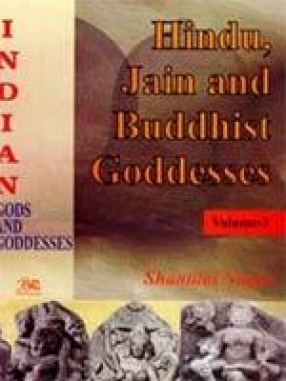

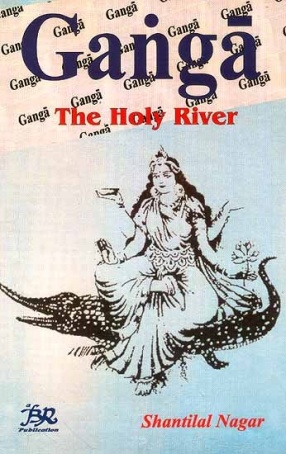
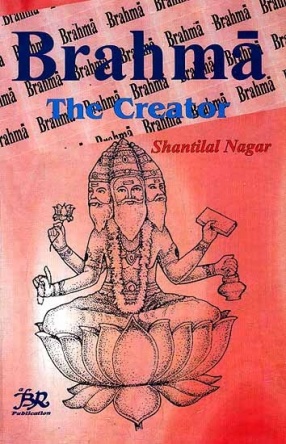
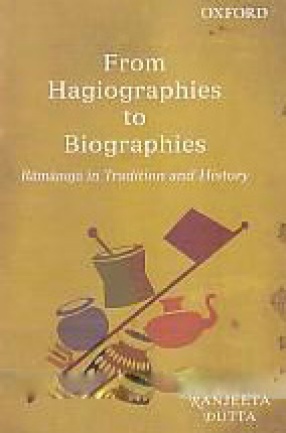

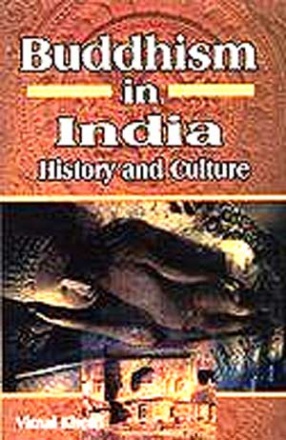
There are no reviews yet.